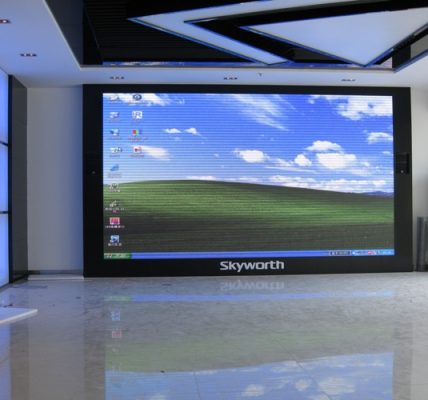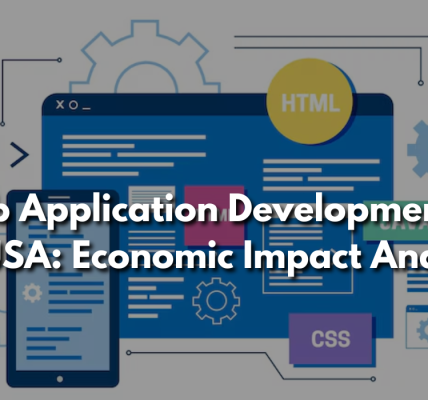Pre-production is a crucial phase in the video production process where ideas are transformed into tangible plans and strategies. It lays the foundation for a successful commercial video editing project by defining the creative vision, logistical details, and production timeline. In this blog post, we’ll explore the role of pre-production in commercial video editing and how it shapes the journey from script to screen.
The Importance of Pre-production:
Pre-production is often referred to as the “planning phase” of video production, and for good reason. It’s where the groundwork is laid for the entire project, setting the stage for a smooth and efficient production process. By investing time and resources in pre-production, filmmakers and video editors can minimize uncertainties, anticipate challenges, and maximize creative potential.
Script Development: At the heart of pre-production is the development of a compelling script or screenplay. The script serves as the blueprint for the video, outlining the story, characters, dialogue, and visual elements. During this phase, writers and content creators collaborate to refine the narrative, ensuring that it aligns with the client’s objectives and resonates with the target audience. A well-crafted script lays the foundation for effective storytelling and guides the subsequent stages of production and editing.
Storyboarding and Visualization: Once the script is finalized, the next step is to create a storyboard—a series of illustrated panels that visually represent each shot and scene in the video. Storyboarding helps filmmakers and video editors visualize the pacing, composition, and flow of the video, allowing them to identify potential challenges and opportunities early on. By mapping out the visual elements in advance, teams can ensure consistency and coherence in the final product and streamline the editing process.
Location Scouting and Set Design: Another key aspect of pre-production is location scouting and set design, where filmmakers identify suitable filming locations and design sets to bring the script to life. Location scouts search for real-world settings that match the vision of the video, considering factors such as aesthetics, accessibility, and logistical requirements. Meanwhile, set designers collaborate with directors and production designers to create custom-built sets that reflect the desired atmosphere and ambiance. By selecting the right locations and designing immersive sets, filmmakers can enhance the visual appeal and authenticity of the video, laying the groundwork for successful editing and post-production.
Casting and Talent Acquisition: Pre-production also involves casting actors and talent to portray the characters in the video. Casting directors audition performers and select the best fit for each role based on their acting skills, appearance, and suitability for the characters. Additionally, pre-production may involve hiring crew members, such as directors, cinematographers, and editors, to bring the creative vision to life. By assembling a talented and dedicated team, filmmakers can ensure smooth collaboration and execution throughout the production and editing process.
Production Planning and Scheduling: Finally, pre-production encompasses production planning and scheduling, where filmmakers develop detailed plans and timelines for shooting the video. This involves coordinating logistics, such as equipment rentals, permits, and transportation, and creating a shooting schedule that optimizes resources and minimizes downtime. By meticulously planning the production process, filmmakers can stay on budget and schedule, allowing for a seamless transition to the editing phase.
The Role of Pre-production in Commercial Video Editing
While pre-production primarily focuses on planning and preparation, its impact extends far beyond the initial stages of production. The decisions made during pre-production directly influence the video editing process, shaping the creative direction, pacing, and visual style of the final video.
Creative Vision and Direction: Pre-production sets the tone and direction for the editing process by establishing the creative vision and objectives of the video. The script, storyboard, and visual references created during pre-production serve as guiding principles for editors, informing their decisions regarding shot selection, pacing, and narrative structure. By aligning with the creative vision established in pre-production, editors can ensure consistency and coherence in the final edit, effectively bringing the script to life on screen.
Efficiency and Organization: Effective pre-production lays the groundwork for an efficient and organized editing process. By developing a clear plan and timeline during pre-production, filmmakers can streamline the editing workflow, minimizing delays and distractions. For example, having a detailed storyboard and shot list allows editors to quickly locate and assemble the necessary footage, reducing the time spent searching for clips. Likewise, having a well-defined production schedule ensures that editors have access to the resources they need when they need them, facilitating smoother collaboration and communication throughout the editing process.
Flexibility and Adaptability: Despite the best-laid plans, unforeseen challenges and changes may arise during the editing process. However, a solid foundation established during pre-production enables filmmakers to adapt and pivot as needed without compromising the integrity of the project. For example, if certain scenes or shots need to be reworked or replaced, editors can refer to the storyboard and production notes from pre-production to ensure continuity and consistency. Likewise, having a clear understanding of the creative vision and objectives allows editors to make informed decisions and adjustments on the fly, ensuring that the final edit meets the client’s expectations and resonates with the target audience.
Conclusion:
Pre-production is a critical phase in the commercial video editing process that sets the stage for success. By investing time and resources in script development, storyboarding, location scouting, casting, and production planning, filmmakers and video editors can lay the groundwork for a seamless and efficient editing process. From script to screen, pre-production plays a pivotal role in shaping the creative vision, organization, and flexibility of the final video, ensuring that it meets the client’s objectives and resonates with the target audience. By embracing pre-production best practices and principles, editors can maximize creative potential, minimize uncertainties, and deliver impactful commercial video content that captivates and inspires viewers.




